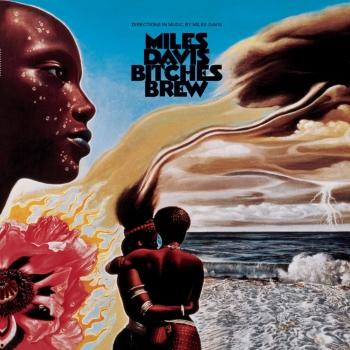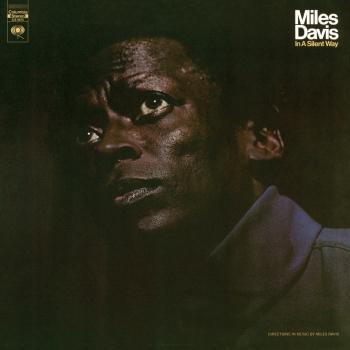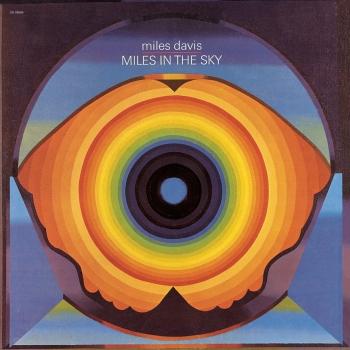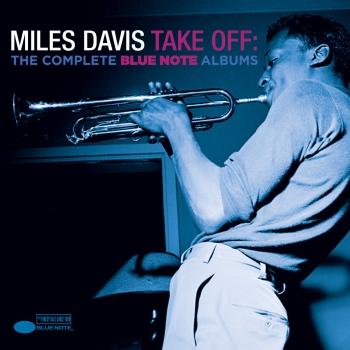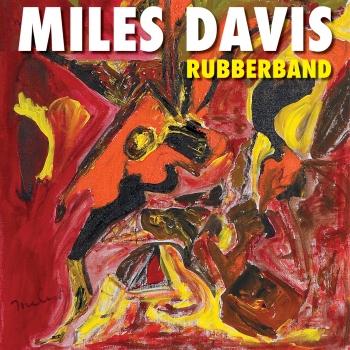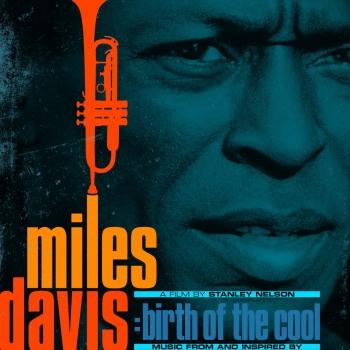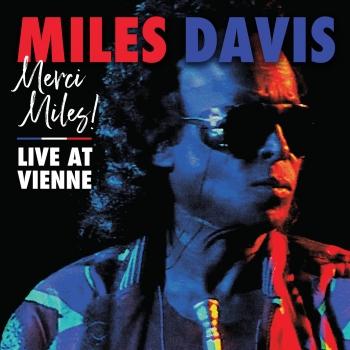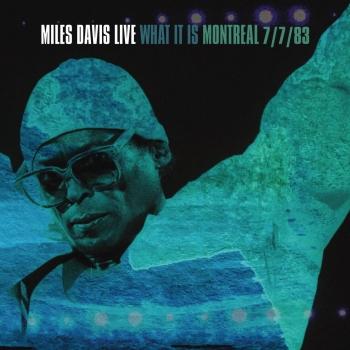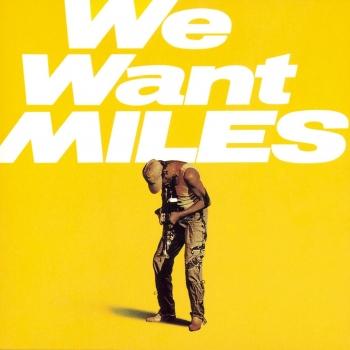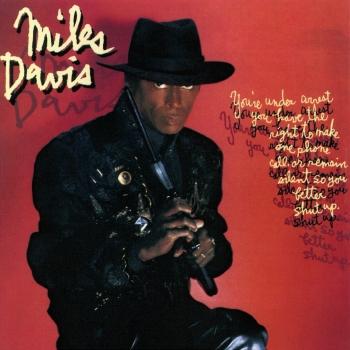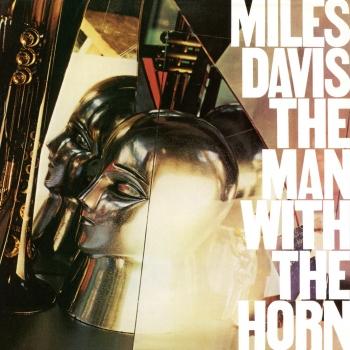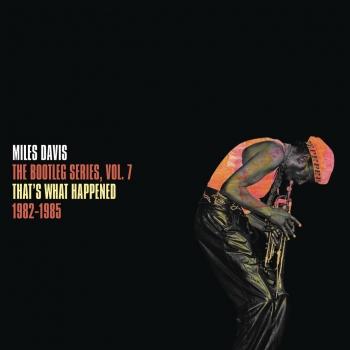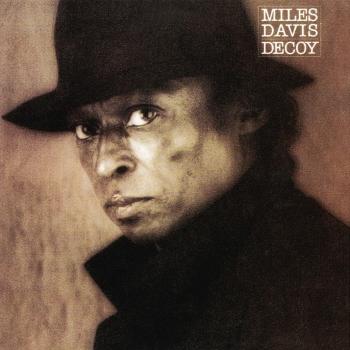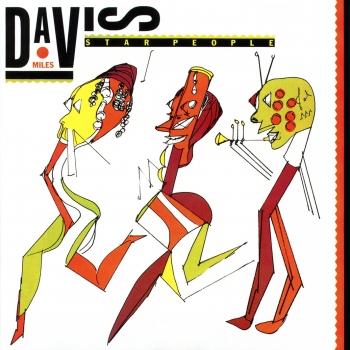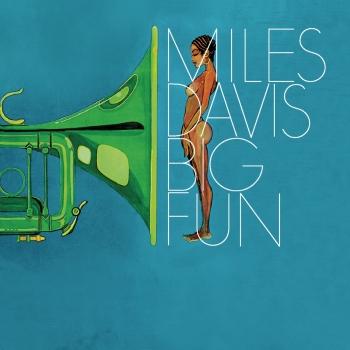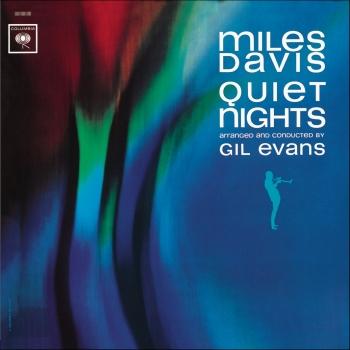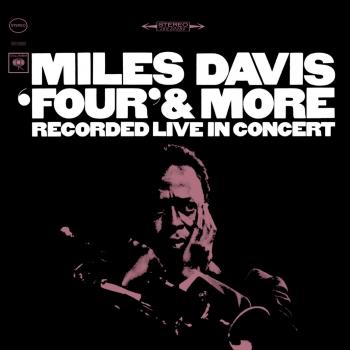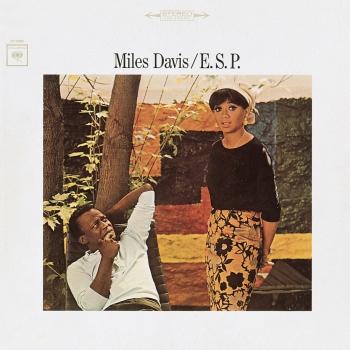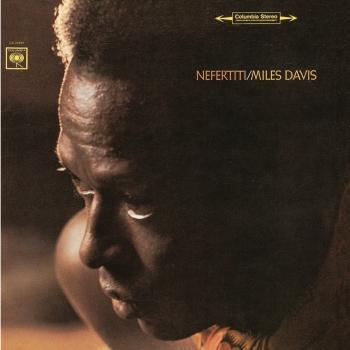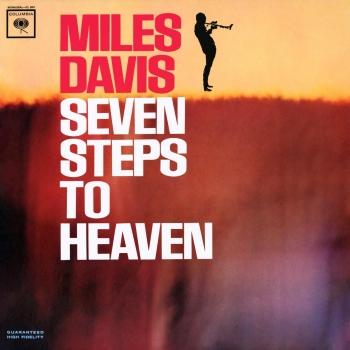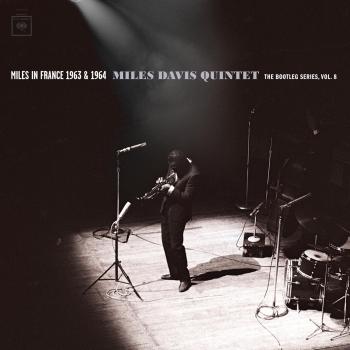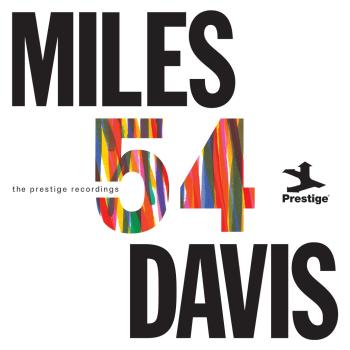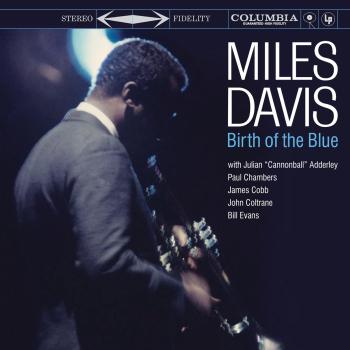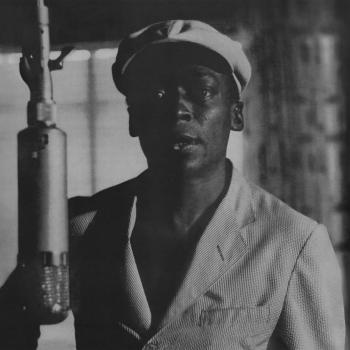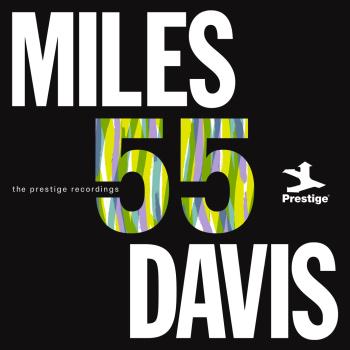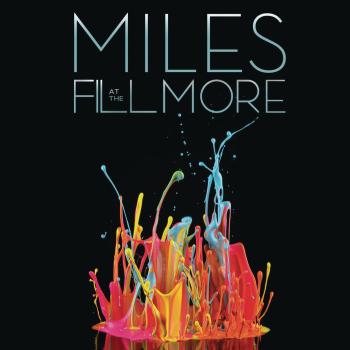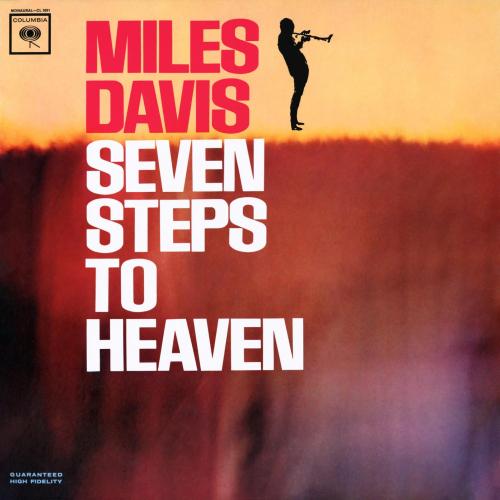
Seven Steps To Heaven (2023 Remaster) Miles Davis
Album info
Album-Release:
1963
HRA-Release:
14.07.2023
Label: Columbia/Legacy
Genre: Jazz
Subgenre: Hard Bop
Artist: Miles Davis
Composer: Miles Davis (1926-1991)
Album including Album cover
I`m sorry!
Dear HIGHRESAUDIO Visitor,
due to territorial constraints and also different releases dates in each country you currently can`t purchase this album. We are updating our release dates twice a week. So, please feel free to check from time-to-time, if the album is available for your country.
We suggest, that you bookmark the album and use our Short List function.
Thank you for your understanding and patience.
Yours sincerely, HIGHRESAUDIO
- 1 Basin Street Blues (2023 Remaster) 10:27
- 2 Seven Steps to Heaven (2023 Remaster) 06:23
- 3 I Fall In Love Too Easily (2023 Remaster) 06:44
- 4 So Near, So Far (2023 Remaster) 06:56
- 5 Baby Won't You Please Come Home (2023 Remaster) 08:25
- 6 Joshua (2023 Remaster) 06:58
Info for Seven Steps To Heaven (2023 Remaster)
Recorded in two sessions a month apart in early 1963—each with a different quintet—Seven Steps is proof positive that by this point of Miles’ career, any group he assembled was going to yield top-level music: inspired, rhythmically charged, and highly original. “I pay no attention to what the critics say about me,” Miles asserted in the liner notes, explaining the “how” of his musical consistency. “The toughest critic I got, and the only one I worry about, is myself. The music has to get past me.”
That Miles’ lineup shifted in a matter of weeks emphasizes the transitional state he was in as 1963 started. Wynton Kelly, Jimmy Cobb, and Paul Chambers—the bassist had been with him since 1955—had departed and formed their own trio. Saxophonist George Coleman stuck around, and was joined by bassist Ron Carter and—for a brief tour and one session—drummer Frank Butler and pianist/composer Victor Feldman. With them he recorded a relaxed redesign of the New Orleans chestnut “Basin Street Blues,” a “classic” blues from the 1920s, “Baby Won’t You Please Come Home,” and “I Fall In Love Too Easily,” a trumpet feature he would favor in live shows through the 1960s.
With Feldman, he co-wrote the album’s two outstanding originals—the title track and “Joshua”—and he liked them both enough to record them first with the April group in Los Angeles, and a month later with a new band in New York City: Coleman, Carter, plus the young pianist Herbie Hancock and the even younger drummer Tony Williams—17 at the time! It was the latter lineup that delivered the well-known versions of “Seven Steps” and “Joshua,” both distinguished by finger-popping themes and catchy rhythmic breaks (tailor-made for Williams’ already lithe and confident drum-play.) Both tunes became late-night radio staples covered by multiple groups in the 1960s, pushing Miles’ popularity further into the mainstream.
Significantly, these two tracks—plus the wistful “So Near So Far,” co-written by British beboppers Tony Crombie and Benny Green—debut the rhythmic core of Miles’ most celebrated group. By fall of 1964, when Wayne Shorter took over the saxophone chair, all members of the era-defining Second Great Quintet would be in place.
Tracks 1, 3, 5, 7 & 8 – recorded in Hollywood on April 16 or 17, 1963
Miles Davis, trumpet
George Coleman, tenor saxophone
Victor Feldman, piano
Ron Carter, bass
Frank Butler, drums
Tracks 2, 4 & 6 – recorded in New York on May 14, 1963
Miles Davis, trumpet
George Coleman, tenor saxophone
Herbie Hancock, piano
Ron Carter, bass
Tony Williams, drums
Trumpeter Miles Davis grew up in East St. Louis, Illinois, just across the river from St. Louis, Missouri. His parents were affluent, and had the means to support his musical studies as a boy. He began playing the cornet at age nine, and received his first trumpet at around twelve or thirteen. He studied classical technique, and focused mainly on using a rich, clear tone, something that helped define his sound in later years.
As a teenager, he played in various bands in St. Louis, which was rich with jazz, as big bands often stopped there on tours throughout the Midwest and southern states. The most important experience he had was when he was asked to play in the Billy Eckstine band for a week as a substitute. The group included Charlie Parker, Dizzy Gillespie, and Sara Vaughan. After playing with these stars, Davis knew he had to move to New York to be at the heart of the jazz scene.
In Pursuit of Parker:
In 1944 Davis moved to New York City where he had earned a scholarship to study trumpet at the Juilliard School of Music. Upon arriving however, he sought after Charlie Parker, and meanwhile spent all of his time in jazz clubs listening to bebop. He was transfixed on the music, and grew utterly bored with his classical studies. After less than a year at Juilliard, he dropped out and tried his hand at performing jazz.
Although not particularly stunning, his playing was good enough to finally attract Charlie Parker, and Davis joined his quintet in 1945. He was often criticized for sounding inexperienced, and was compared unfavorably to Dizzy Gillespie and Fats Navarro, who were the leading trumpeters at the time. Both boasted stellar technique and range, neither of which Davis possessed. In spite of this, he made a lasting impression on those who heard him, and his career was soon set aloft.
Cool Jazz and a Rise to Fame:
Encouraged by composer and arranger Gil Evans, Davis formed a group in 1949 that consisted of nine musicians, including Lee Konitz and Gerry Mulligan. The group was larger than most bebop ensembles, and featured more detailed arrangements. The music was characterized by a more subdued mood than earlier styles, and came to be known as cool jazz. In 1949 Davis released the album Birth of the Cool (Captiol Records).
Change of artistic direction became central to Davis’ long and increasingly influential career. After dabbling in hard bop as a leader on four Prestige recordings featuring John Coltrane, he signed with Columbia records and made albums that featured Gil Evans’ arrangements for 19-piece orchestra. These were Miles Ahead, Porgy and Bess, Sketches of Spain, and Quiet Nights. He rose in popularity with these recordings, in part due to his signature sound, which he often enhanced by using a Harmon mute.
Kind of Blue and Beyond:
In 1959 Davis made his pivotal recording, Kind of Blue. It was a departure from all of his previous projects, abandoning complicated melodies for tunes that were sometimes only composed of two chords. This style became known as modal jazz, and it allows the soloist expressive freedom since he does not have to negotiate complex harmonies. Kind of Blue also featured John Coltrane, Cannonball Adderley, and Bill Evans. The album is one of the most influential in jazz, and is Columbia Records’ best-selling jazz record of all time.
In the mid 1960s Davis changed directions again, forming a group with Herbie Hancock, Wayne Shorter, Tony Williams, and Ron Carter. This group was known for the excellence of each individual member, and also for its unique performance approach. Each night the tunes would sound different, as the musicians would sometimes only loosely adhere to the song structures, and often transition from one right into the next. Each player was given the chance to develop his solos extensively. Like all of Davis’ previous groups, this quintet was highly influential.
Late Career:
Despite health problems, drug addiction, and strained personal relationships, Davis continued to play, changing his approach with each new project. In the late 60s and 70s, he began to experiment with electronic instruments, and grooves that were tinged with rock and funk music. Two famous recordings from this period are In a Silent Way and Bitches Brew. By the time the 1980s rolled around, Davis was not only a jazz legacy, but a pop icon, whose music, persona, and fashion style were legendary.
Davis died in 1991, as perhaps the most influential jazz artist ever. His vast body of work continues to be a source of inspiration for today’s musicians. (Jacob Teichroew, About.com Guide)
This album contains no booklet.










